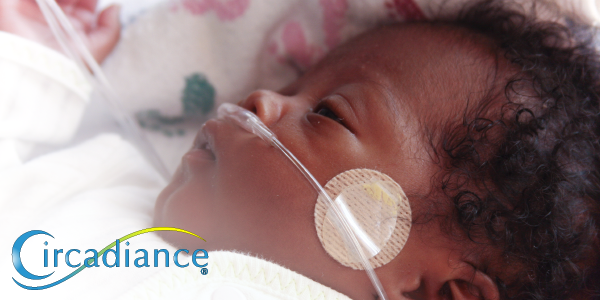This blog is excerpted from an article featured in the 2019 summer issue of neonatal INTENSIVE CARE magazine.
In Part 1, we shared the significance of monitoring, in general, for patients, parents, and healthcare providers. In Part 2, we will continue to share the importance of monitoring and why our SmartMonitor 2 family of cardiorespiratory event monitors should be used in the hospital, as well as the home.
Apnea of prematurity is the most common problem in premature neonates. The SmartMonitor 2 family of cardiorespiratory event monitors provides caregivers with an understanding of the physical vulnerabilities of at-risk preterm infants, low birth weight infants and those infants that have tested positive for opiates.In the clinical setting, SmartMonitor 2 PS (Professional Series) can be used to measure heart rate, respiration and O2 saturation levels that can be evaluated to aid in step-down or discharge planning and follow-up care. Used as a diagnostic tool SmartMonitor 2 PS can document central apnea, bradycardia, hypopnea and other apparent life-threatening events (aka BRUEs).
In the home, SmartMonitor 2 Home Care can alert parents to potential BRUEs and provide clinicians with downloadable data they can access for interpretation and prescribe an appropriate course of care. In addition to monitoring preterm infants, the monitors are cleared for pediatric and adult patients. The SmartMonitor 2 product line is the only FDA-approved infant apnea monitor.
The earlier a baby is born before full term, the higher the likelihood of having apnea of prematurity. SmartMonitor 2 PS improves the bedside detection of apnea of prematurity and allows a physician to preset alarm limits for patients. Pam Stading, MPH, RN NE-BC, Patient Care Manager, Cardiopulmonary Services for Children’s Minnesota, says “The SmartMonitor 2 PS unit is the apnea monitor of choice in all of Children’s Minnesota acute Medical/Surgical units when an infant is hospitalized with any apnea related diagnoses (ALTE/BRUE) or other diagnoses requiring the ability to monitor all clinical parameters (apnea, heart rate, and oxygen saturation).” She continues: “In my opinion, the use of the SmartMonitor 2 PS with associated multi-parameter event recordings is why this monitor is set apart from all other bedside monitoring options.”
The cost of keeping an infant in the NICU is expensive. Some facilities will put an infant on a 5-7 day apnea/bradycardia watch prior to discharging the infant. Stading speaks to this issue as well: “Certainly the ability to send an otherwise stable, growing preterm infant home safely on a home apnea monitor will reduce the hospital stay by several days, if not more. This saves considerable amounts of money.”
Monitoring improves the quality of life for a pre-term infant by enabling the baby to go home earlier, and peace of mind for their family, knowing that their baby will not suffer from undetected life-threatening events while lowering the cost of care by providing a low-cost alternative to hospital care, enabling earlier NICU discharge.
Pam Stading, MPH, RN NE-BC, Patient Care Manager, Cardiopulmonary Services for Children’s Minnesota (2019). The Benefits of the Smart Monitor 2 in Assessing Premature Infants. neonatal INTENSIVE CARE Volume 32 No. 3





